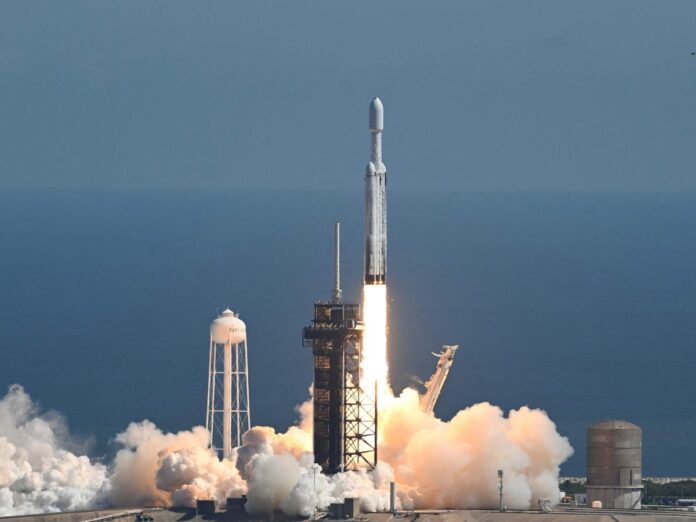NASA has launched a new mission to search for aliens on Jupiter's moon Europa. A NASA spacecraft has left to find suitable conditions for life in the vast ocean hidden on 'Europa'.
Is there life on any planet other than Earth? Do aliens exist, who live somewhere in the universe? This question has been arising continuously. Scientific research is going on regarding this on Mars. Meanwhile, NASA has launched a new mission to search for aliens on Jupiter's moon Europa. A NASA spacecraft has left to find suitable conditions for life in the vast ocean hidden on 'Europa'. 'Europa Clipper' will take five and a half years to reach Jupiter in search of aliens. Let us know what is Mission Europa and how will the search for aliens take place…
such is the mission
NASA's spacecraft 'Europa Clipper' will enter the orbit around the gas giant planet Jupiter. Passing through dozens of radiation-filled beams, it will approach Europa. Scientists are confident that a deep global ocean exists beneath Europa's icy crust, where water and life may exist. 'SpaceX' launched the vehicle, which will travel 18 lakh miles. This vehicle was launched from the Kennedy Space Center in Florida. An amount of 5.2 billion dollars is going to be spent in this mission. This rocket will reach Europa by 2030. During the mission it will reach as close as 16 miles to the surface of Europa. The spacecraft will not land there, although it will pass by it about 50 times during its four-year tenure.
equipped with these things
The spacecraft that went in search of life or possibilities of life on Europa is equipped with many equipments. It has a spectrometer which will measure the composition of Europa's surface. It also has a thermal camera which will find hot spots of activities there. It will find out about Europa's magnetic field and gravity. This will determine the ice shelf thickness and ocean depth. If during Mission Europa, things that support life are known there, then in future there will be in-depth research about it. For this, advance mission will be launched.
how big is the spacecraft
Europa Clipper is the largest mission ever launched by NASA. Its main body is of the size of an SUV. At the same time, it has solar panels more than 100 feet long, which are bigger than a basketball court. An aluminium-zinc vault has been placed in the spacecraft's electronics which will protect it from the dangerous radiation of Jupiter.
What is 'Europa'
According to scientists, there is an ice ocean 10 to 20 miles thick on Europa. They are sure that Europa has twice as much water as all of Earth's oceans combined. There is a possibility of volcanic eruption on Europa and this has given scientists hope of life there. However, the Europa Clipper spacecraft is not designed to search for life. Its purpose is to gather information about chemical composition, geological activity, gravity, magnesium and other things on Jupiter's moon. This will reveal whether the conditions on Europa are suitable to support life.
When was Europa discovered?
Europa was first discovered by Galileo Galilei in the year 1610. Jupiter's three other large moons, Ganymede, Callisto and Io, were then discovered along with it. It is approximately the same size as our Moon and is the second closest moon to Jupiter. Its surface is extremely favorable for water beneath the surface of the ice. In the 1950s and 1960s, astronauts discovered with the help of some special telescopes that there was icy water beneath the surface of Europa. In the early 1970s, the Pioneer 10 and Pioneer 11 spacecraft first reached Jupiter. Later Voyager 1 and 2 visited here in 1979. Voyager 2 photographs revealed that its surface is riddled with cracks. In December 1997, the Galileo spacecraft came as close as 124 miles to Europa. This confirmed the presence of water buried under the snow here.


